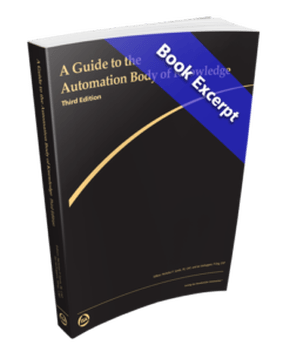AutoQuiz is edited by Joel Don, ISA's social media community manager.
This automation industry quiz question comes from the ISA Certified Automation Professional (CAP) certification program. ISA CAP certification provides a non-biased, third-party, objective assessment and confirmation of an automation professional's skills. The CAP exam is focused on direction, definition, design, development/application, deployment, documentation, and support of systems, software, and equipment used in control systems, manufacturing information systems, systems integration, and operational consulting.
Which of the following statements describes a database record?
a) all data related to a particular subject kept in a group
b) a single row of information in a table
c) a single piece of data in a single row of a table
d) an electronic filing system
e) none of the above
The answer is B, a single row of information in a table. Regarding answer C, single pieces of data (cells or fields) that describe related data entities can be combined into a single row, or database record. For example, the values in the single data fields FIRST NAME, MIDDLE NAME, and LAST NAME in a single row could define a record called EMPLOYEE NAME.
Multiple records make up answer A, which defines a table, or group of records, which defines EMPLOYEES.
All of the tables, records, and data are managed by answer D, an electronic filing system.
Reference: Nicholas Sands, P.E., CAP and Ian Verhappen, P.Eng., CAP., A Guide to the Automation Body of Knowledge. To read a brief Q&A with the authors, plus download a free 116-page excerpt from the book, click this link.
About the Editor
Joel Don is the community manager for ISA and is an independent content marketing, social media and public relations consultant. Prior to his work in marketing and PR, Joel served as an editor for regional newspapers and national magazines throughout the U.S. He earned a master's degree from the Medill School at Northwestern University with a focus on science, engineering and biomedical marketing communications, and a bachelor of science degree from UC San Diego.





